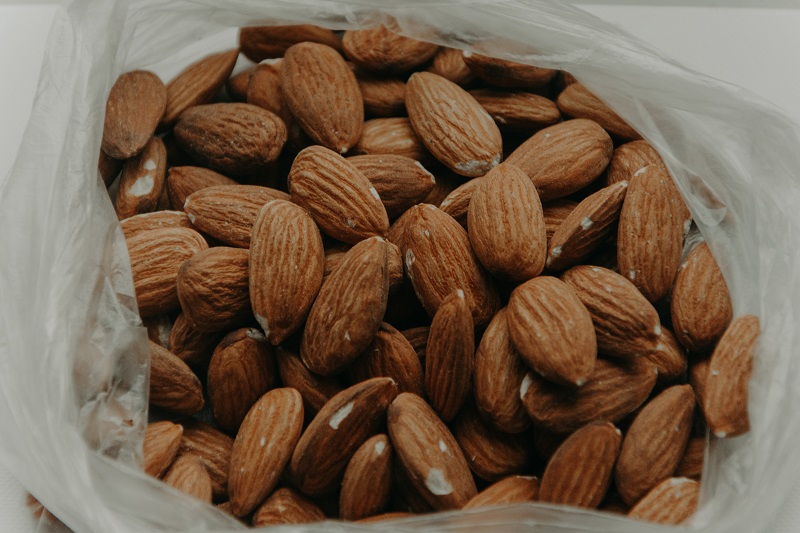Potato BMPs Have Farmers Examining Drainage, Tailwater Storage
 Potato growers in the Tri-County Agricultural Area in Florida find themselves under increased scrutiny as water quality issues in the St. Johns River and its estuaries have caught the public’s attention in recent years. The region is now classified as a priority area to reduce nutrient runoff into waterways.
Potato growers in the Tri-County Agricultural Area in Florida find themselves under increased scrutiny as water quality issues in the St. Johns River and its estuaries have caught the public’s attention in recent years. The region is now classified as a priority area to reduce nutrient runoff into waterways.
Growers have utilized BMPs to remain in compliance with water regulation. The Florida Department of Agriculture and Consumer Services’ Office of Agricultural Water Policy issued additional rules for potato farms in the Tri-County Agricultural Area when growers apply more than the UF/IFAS-recommended rates for nitrogen and phosphorus.
Proactive Measures
Traditionally, growers have applied 180 to 200 hundred pounds of nitrogen at planting to carry a crop through to harvest. Heavy rainfall events can lead to leeching of the nutrients. Part of the proactive measure outlined in the BMPs, include on-site water management to retain nutrients.
“Potato growers are aggressively looking for ways to manage their nutrient loads,” says Matt Palmer, a technical representative with Advanced Drainage System Inc. “We are looking to help growers with a complete system to effectively manage the soil profile, which is in the top 24 to 36 inches that most all of our crops develop their root structure in.”
Controlled drainage systems are being considered because they can allow growers to reclaim water for use during drought cycles and remove and capture excess water during rainfall events. They systems are more advanced in design than earlier generations of tile to move water.
The Advanced Drainage System’s Irr-Drain consists of laterals of perforated, corrugated pipe placed three feet below the soil surface. The laterals can be connected to a perimeter piping system for conveyance and/or storage.
Collect And Reuse
One of the drawbacks of rapidly moving water out of a field is it can also take water soluble nutrients with it — the nitrogen and phosphorous applied at planting. “Because of the design of drainage system, it is capable of capturing as much as 98% of the nutrient-rich excess water that would otherwise go into the water table,” says Palmer. “Water control structures can move it to collection areas like ponds and canals to be used again in overhead irrigation.”
Controlled drainage provides both a BMP benefit and an agronomic benefit. Capturing the water keeps nutrients from entering protected waterways and growers who store it in tailwater ponds get a fertility benefit by reapplying the water to the crops.
“Having the ability to control soil profile in the root zone allows the grower to maintain a saturation rate that is optimal for a specific crop,” says Palmer. “A well-designed system maximizes the efficiency by which the soil can properly drain excess water out of the soil profile leaving space between the soil and water molecules that fill with needed oxygen that feed the aerobic bacteria that are good for the root system.”
Tailwater Tips
The following are items to take into account when constructing a tailwater storage reservoir:
- Consider the runoff volume and rate, as well as the water control level in the tailwater pond when determining the proper size of the storage facility.
- Look at the size of tailwater recovery system, considering variables such as land available, gravity drainage, number of fields and their acreage, and the source and quality of irrigation water.
- Locate tailwater reservoirs on the low end of field(s), so that some of the water collection can be done by gravity.
- Tailwater systems may require additional filtering infrastructure, depending on the quality of water being captured, type of irrigation system being used, and type of crop being grown.










